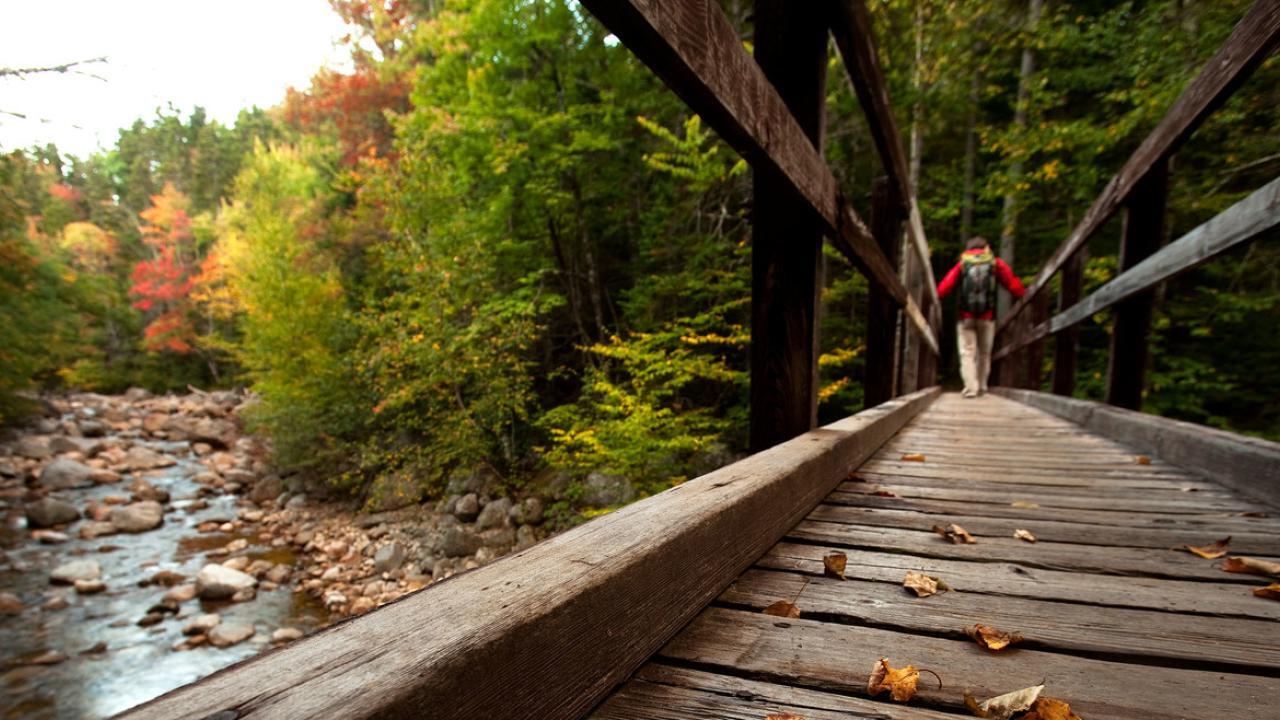Exploring Hidden Lumber Towns of New Hampshire

New Hampshire, known for its stunning landscapes, holds secrets beyond its famous mountains and lakes. Tucked away in its forests are hidden lumber towns that whisper stories of the past. These towns, once bustling with the sounds of sawmills and the chatter of loggers, now offer a glimpse into a bygone era. Exploring these places feels like stepping back in time, where nature and history blend seamlessly. Each town has its own unique charm, with old buildings, scenic trails, and friendly locals eager to share tales of their heritage. Whether you're a history buff or just love discovering off-the-beaten-path destinations, these lumber towns promise an adventure filled with wonder and nostalgia. So, pack your bags and get ready to uncover the hidden gems of New Hampshire's rich timber history.
Discovering New Hampshire's Hidden Lumber Towns
New Hampshire, known for its stunning landscapes and rich history, hides some lesser-known gems. These hidden lumber towns offer a glimpse into the past, where the timber industry thrived. Let's explore these charming spots that tell tales of hardworking communities and natural beauty.
1. Berlin
Berlin, nestled in the northern part of New Hampshire, was once a bustling hub for the timber industry. This town's history is deeply intertwined with the Androscoggin River, which powered the mills. Today, visitors can explore the Northern Forest Heritage Park and learn about the town's logging past. The park features a reconstructed logging camp and offers riverboat tours.
2. Lincoln
Lincoln, located in the White Mountains, is another town with a rich lumber history. The town's roots trace back to the early 1800s when it became a center for logging and sawmills. The Hobo Railroad offers scenic train rides that showcase the area's natural beauty and historical significance. Don't miss the chance to visit the nearby Flume Gorge, a natural wonder that adds to Lincoln's charm.
3. Gorham
Gorham, a small town with a big history, played a significant role in the timber industry. Surrounded by the White Mountain National Forest, Gorham offers a perfect blend of outdoor adventure and historical exploration. The Gorham Historical Society and Railroad Museum provide insights into the town's past, including its connection to the Grand Trunk Railway.
4. Bartlett
Bartlett, nestled in the heart of the White Mountains, was once a thriving lumber town. The town's history is closely linked to the logging industry, which shaped its development. Today, Bartlett is a popular destination for outdoor enthusiasts, offering hiking, skiing, and breathtaking views. The Bartlett Historical Society preserves the town's heritage, showcasing artifacts and stories from its lumber days.
5. North Woodstock
North Woodstock, a quaint village in the White Mountains, has a rich history rooted in the timber industry. The town's location along the Pemigewasset River made it an ideal spot for logging operations. Visitors can explore the Lost River Gorge and Boulder Caves, a natural attraction that highlights the area's geological wonders. North Woodstock's charming Main Street offers a glimpse into its past with historic buildings and local shops.
6. Tamworth
Tamworth, a picturesque town in the Lakes Region, has a history deeply connected to the timber trade. The town's forests provided valuable resources for the industry, and remnants of old mills can still be found. The Remick Country Doctor Museum and Farm offers a unique perspective on rural life and the town's history. Tamworth's scenic beauty and historical charm make it a must-visit destination.
7. Conway
Conway, located in the Mount Washington Valley, has a rich history tied to the timber industry. The town's location along the Saco River made it a prime spot for logging operations. Today, Conway is a vibrant community with a mix of outdoor activities and historical attractions. The Conway Scenic Railroad offers train rides that showcase the area's natural beauty and historical significance.
8. Ashland
Ashland, a small town in the Lakes Region, has a history rooted in the timber trade. The town's location along the Pemigewasset River made it an ideal spot for logging operations. Visitors can explore the Ashland Railroad Station Museum, which offers insights into the town's past and its connection to the railroad industry. Ashland's charming downtown area features historic buildings and local shops, providing a glimpse into its rich history.
Discovering New Hampshire's Hidden Lumber Towns
New Hampshire's hidden lumber towns offer a unique glimpse into the state's rich history and natural beauty. These small communities, tucked away in the forests, provide a peaceful escape from the hustle and bustle of modern life. Each town has its own story, shaped by the logging industry that once thrived there. Exploring these towns, you'll find charming historic buildings, scenic trails, and friendly locals eager to share their heritage. Whether you're hiking through the woods, visiting a local museum, or simply enjoying the quiet atmosphere, these towns offer a chance to step back in time. They remind us of the hard work and determination that built New Hampshire. So, next time you're in the area, take a detour to one of these hidden gems. You'll leave with a deeper appreciation for the state's past and the beauty of its landscapes.

